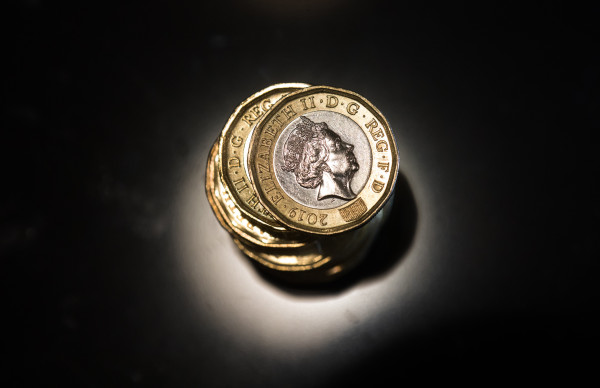

Sterling saw its strongest daily rally since March this week on signs the EU and UK were moving closer towards a Brexit deal.
The pound rose 1.7 per cent against the dollar yesterday (October 21), climbing to trade at more than $1.31 for the first time since September.
A rally of 1.7 per cent is the strongest rise in the value of the pound since the recovery from the coronavirus-induced March crash.
This morning (October 22), the pound has remained at around $1.31.
According to FTAdviser’s sister paper, the Financial Times, the movements came after EU chief negotiator Michel Barnier said a trade deal was “within reach” if both parties were willing to compromise.
The FT reported that EU officials will travel to London today to attempt to negotiate a deal.
Murmurings from prime minister Boris Johnson encouraging the UK to prepare for a no-deal Brexit saw the pound dip to $1.27 near the end of September, after rising as high as $1.33 at the end of August.
The FTSE 100, which tends to have an inverse relationship with a rising pound, fell 2 per cent yesterday and has slipped a further 0.5 per cent this morning. At 5,770 points, it brought the UK's blue-chip index to a five-month low.
This happens because a strong pound works against the majority of the FTSE 100’s corporate earnings, which are generated in overseas currencies.
The FTSE 100 has struggled to recoup losses sustained at the height of the coronavirus crisis earlier this year, and is up just 16 per cent since its yearly low on March 23.
But sterling has recovered well in the aftermath of the coronavirus crisis, returning to trade at pre-Covid prices despite the pandemic prompting the pound to fall to levels not consistently seen since the 1980s.
Sterling was also buoyed by the Bank of England’s David Ramsden, who said in a speech yesterday that now was “not the right time” to use negative interest rates.
He said that while there might be an appropriate time to use negative rates, it was “not right now” and asset purchases were a better way to boost demand.
His comments were a slight backtrack on previous signals from the central bank. Minutes from the monetary policy committee published in September showed it was exploring how a negative bank rate could be implemented effectively.
Bank of England governor Andrew Bailey has said negative rates remain in the bank’s “toolbox”.
imogen.tew@ft.com
What do you think about the issues raised by this story? Email us on fa.letters@ft.com to let us know.



